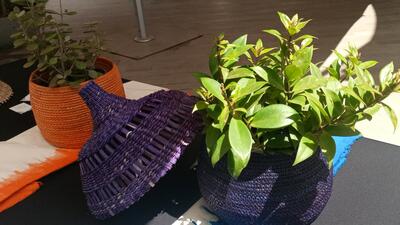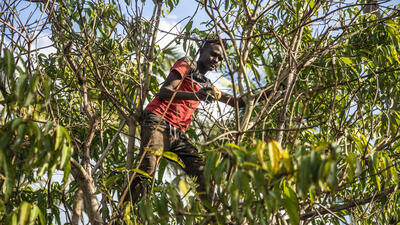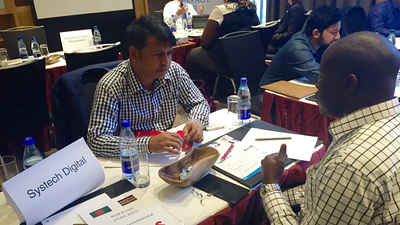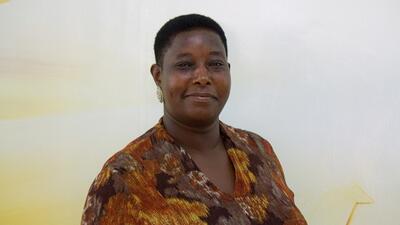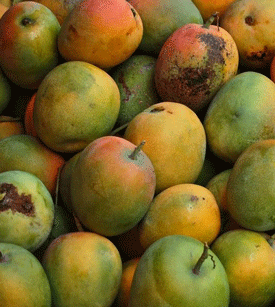
Kenya se prepara para cosechar los beneficios del proyecto de árboles frutales (en)
The first phase of NTF II’s Kenyan Competitive Tree Fruit project has had a flying start since it was launched six weeks ago [Check]. Commodity business plans are nearing completion for avocado, mango and passion fruit. These will form the cornerstones of the project — which seeks to develop strategies for boosting Kenya’s fruit sector — and to develop and launch pilot schemes in the coming 12 months.
The business plans are being drafted by working groups that included participants from both private and public sector in each fruit’s sector. Detailed studies on production, standards and logistics — and analysis of domestic, regional and international markets — have been used to provide a context to see how the three commodities have performed in the past years. This has allowed the working groups to identify constraints that have prevented the successful exploitation of the fruits, but also to pinpoint future opportunities.
The working groups have found that the three commodities share several common obstacles that prevent them from success. These include:
• A fragmented production base of individual smallholders, complicating compliance with buyer requirements related to good agricultural practices, maximum residue levels and traceability;
• There are poor links between smallholders and buyers, which results in high costs;
• Poor aggregation of commodities at sources of production, which increases the burden on an already inadequate domestic logistics system and adds even further costs to intermediation;
• Exporters are also dependent on an overcrowded, under-resourced and inefficient port facility in Mombasa, which leads to indeterminate delays, unpredictable delivery times, excessive transits for delicate perishable cargoes and high transportation costs.
The working groups found that for each fruit, there is also a unique set of limitations. In the case of avocado, for example, demand in the most lucrative export destination has turned away from Fuerte, the variety most commonly produced in Kenya, in favour of another variety, Hass. Hass represents only a small fraction of the country’s total avocado production.
For passion fruit, Kenya’s ability to meet increasing demand in Europe for the purple variety is hampered by the lack of disease-free planting material. This has led to a shortening of productive plant life and the need for frequent and expensive replanting by smallholders.
While there are a growing number of export opportunities for mango growers in Kenya, there are fewer accessible markets than is the case for avocado and passion fruit. The mango sector has repeatedly suffered from post-harvest losses of up to 40% of national production. This has prevented fruit from being brought to the market, but also means that producers have been unable to meet the growing demand from local juice producers and pulp-processing plants.
Once the commodity business plans have been finalized, the Kenya Competitive Tree Fruit project will move to pilot-scheme phase. The pilot schemes will be used to verify the viability of the business plans and determine how to overcome trading obstacles for Kenya’s avocado, mango and passion-fruit producers.






